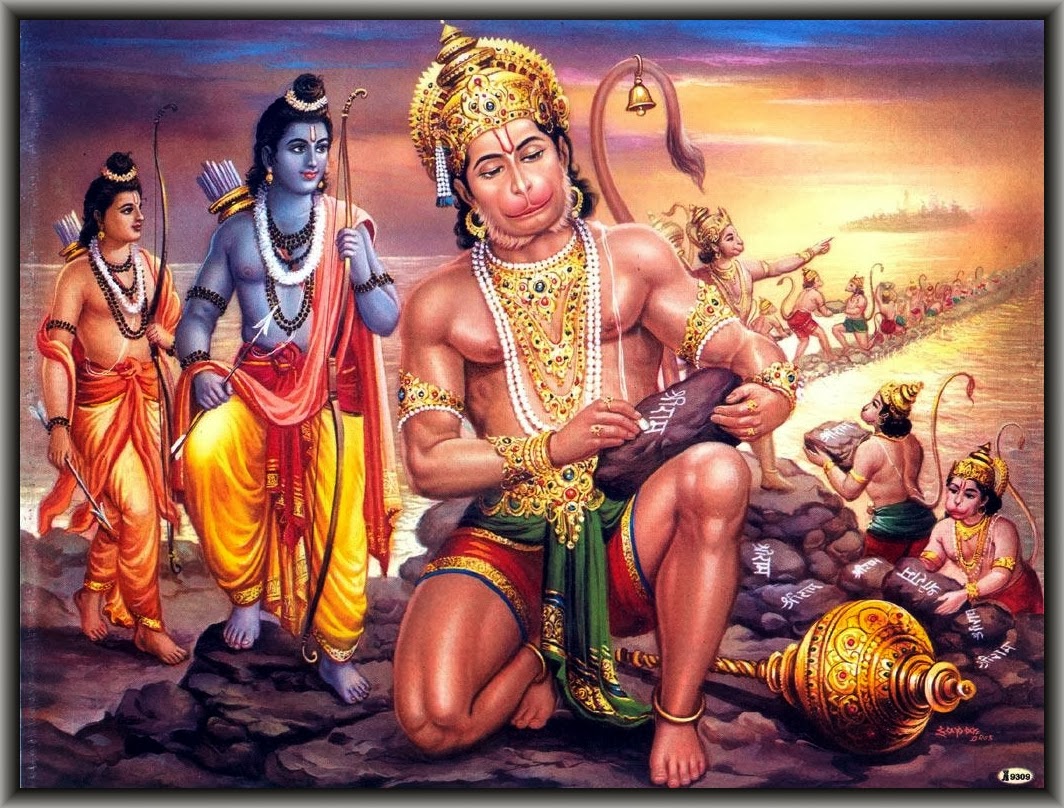


This bhajan/ dhamaal is an interesting example of the eclectic, syncretic, popular culture of medieval North-western and Western India, combining in its lyrics, devotion (bhakti) for the Sindhi Hindu deity Jhoole-Laalan (associated with the Rigvedic god of water, Varun), the Sufi saint Usman Shah Marwandi who was worshipped as a saint/divine Avatar by Hindus and Muslims alike in Sindh, and Hazrat Ali, successor of Prophet Mohammad. However, the lyrics in Saraiki (Sindhi/Multani), the refrain Damaadam Mast Qalandar and also the folksy roots of this 'Dhamaal' go back centuries. I have attempted thIs Sufi Bhajan, the current, popular, catchy version of which was composed by Pakistani film music director Master Ashiq Hussain in the 1960s. As dusk approaches and stars set the skies ablaze, and her beloved still hasn't arrived, she feels like she can't survive without the sight of her precious groom/lover. Her eyes are on the lookout for her beloved and she is unable to put her mind to household chores of cooking, grinding flour or weaving cloth even though her mother chides her. Most of all, she is intensely conscious of the red chooda bangles on her wrists tinkling constantly as she moves in and out of her home on her wedding day. She revels in the beauty of her embroidered bridal veil, glistening 'Teeka' (marital forehead ornament), shining nosepin, sensually fitted 'kurti', and the 'paraanda' of precious green beads woven into her plait. This song describes the feelings of the bedecked young woman as she eagerly awaits the approach of her beloved, expected in the evening. These bangles symbolize blessings of the Divine on the bride-to-be, for strengthening the conjugal bond, fertility of the union and familial happiness. On the morning of the wedding day, red and white bangles are placed on the wrists of the bride with a havan/puja. The Chooda ceremony is a ritual of great cultural significance in Punjabi weddings. My rendition of a charming, traditional Punjabi bridal song or 'चूड़ा' (Chooda: bangle). She describes how birds nest in the pipal tree and parrots engage in love-play amidst its branches the mighty banyan provides a roof to the traveller the sandalwood tree is sacred because Goddess Sita and Lord Ram, prince of Awadh, would swing together on its branches the humble 'ber' tree is a symbol of Sabri's devotion and love for Lord Ram (as depicted in the Indian Ramayan) the lush green mehndi is a staple adornment for Indian women, amd most of all, the woodcutter should never cut the Neem tree because it is the abode of the Divine Mother. In this song, the singer asks that we not cut various trees that give so many gifts to all living beings, be it the mango, the tamarind, the mahua. Trees in particular are associated with various deities. Indian culture views Nature as 'Prakriti', a form of the Mother Goddess (Devi) and all living beings are seen as interconnected and nurtured by Prakriti. It reflects the deep respect for Nature that has been a feature of traditional Indian rural culture. I have attempted a folk song from the Awadh area of Uttar Pradesh, India which has very sweet lyrics in the rural colloquial Hindi dialect (Awadhi). She also appears in society in the form of the mother and race/clan/nation, thus imparting identity to human beings. She controls all sensory and body processes in living beings and resides in them as hunger, thirst and sleep. Thus, for example, the Suktam refers to her as both radiant and shadowy, tender and fierce, essential truth and deceptive illusion. Many of these attributes are apparently paradoxical but in reality, are complementary, signifying the essential unity of the Divine Life Force that drives all Creation, beneath apparent Duality. This hymn describes the various attributes of the Goddess. Pleased by the hymn, Devi manifested as fully armed Durga, and on the spiritually charged day of Ashtami during the sacred nine nights of her stay on Earth (Navaratri), she assumed her warrior form of Bhadra Kali and slayed demons like Shumbh, Nishumbh, and Mahishasura. This hymn was sung by the Devas to invoke Devi as only she could protect them from the terrors unleashed by mighty demons. It is sometimes described as a concise version of the long and powerful Sanskrit epic narrative in praise of the Devi (Chandi Paath) that comprises the Durga Saptashati. This ancient Sanskrit hymn to the Goddess is found in the sacred text 'Durga Saptashati' and has been sung for centuries in India by devotees.


 0 kommentar(er)
0 kommentar(er)
